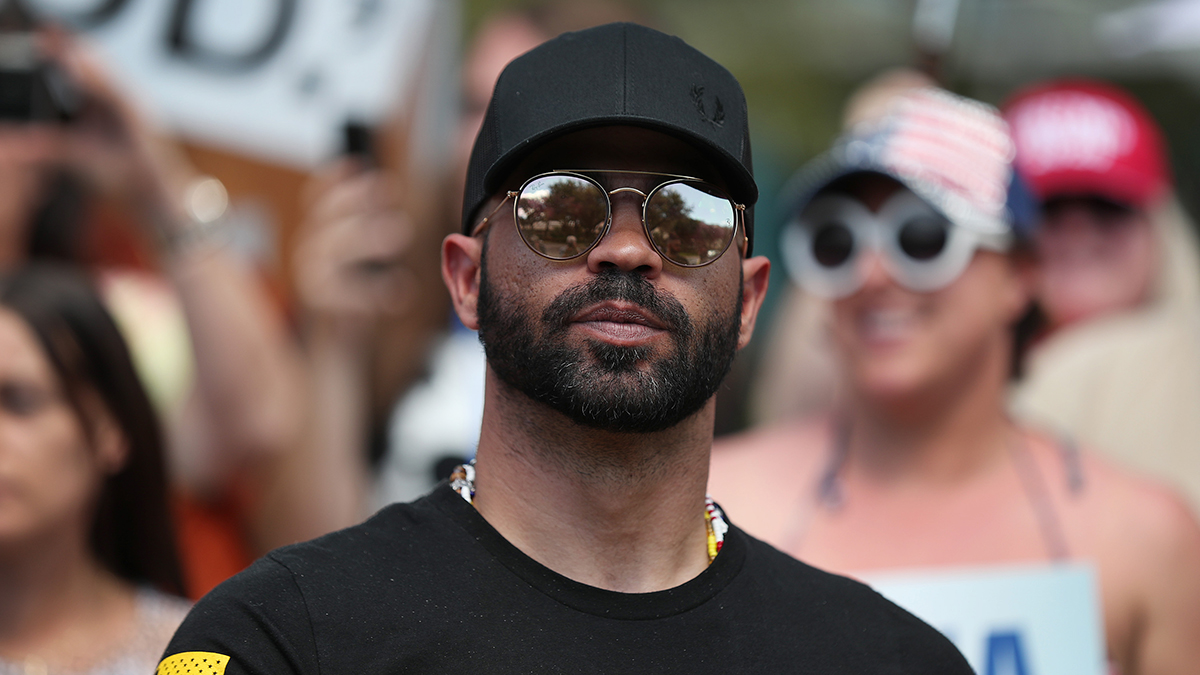Pull out those binoculars lunar lovers as this week's supermoon is set to be the biggest and brightest of them all.
The supermoon, also known as the "buck moon," will reach its closest point to the earth on Monday, July 3.
When is the next full moon?
The next full moon will occur on the morning of Monday, July 3.
Get top local stories in San Diego delivered to you every morning. >Sign up for NBC San Diego's News Headlines newsletter.
The moon will reach its peak around 7:39 a.m. ET that morning but due to the sunlight, it won't be very visible at that moment. Instead, you can try to see it a few hours before or even a full day or two prior to and after July 3.
What is a supermoon?
A supermoon is defined as "a full moon occurring near or at the time when the Moon is at the closest point in its orbit around Earth," according to NASA. That closest point is called the "perigee."
U.S. & World
Because supermoons are literally closer to us here on Earth, they can appear larger to the human eye, as a super-sized version of the regular full moon.
NASA says a supermoon is about 7% bigger and 15% brighter than a full moon.
Will July's supermoon come back?
The full moon on July 3 will be the first of three full moons that will occur during the summer season and is the first of four “supermoons” that will occur in 2023.
The three other supermoons will occur on Aug. 1, Aug. 30 and Sept. 29.
Why is it called a buck moon?
According to the Old Farmer's Almanac, the July full moon is called the buck moon because "the antlers of a male deer (bucks) are in full growth mode at this time."
How can I see the July buck supermoon?
To see it, simply look toward the southeast after sunset.
While no equipment is necessary to catch the brightest moon of the year, a pair of binoculars or telescope can enhance your experience.



